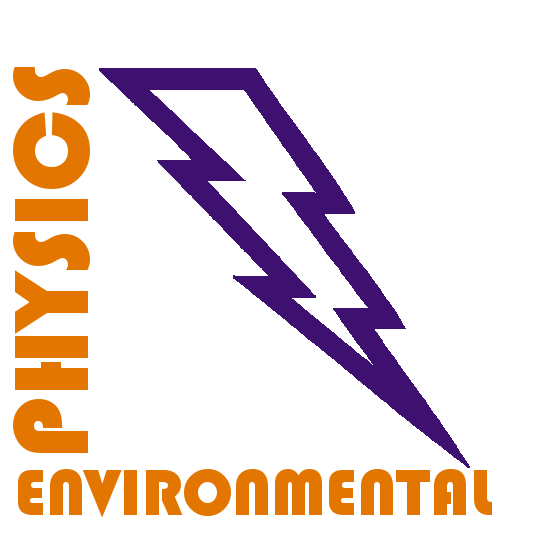Influence of water conductivity on particular electrospray modes with dc corona discharge — optical visualization approach
Pongrác B., Kim H.H., Negishi N., Machala Z.
Eur. Phys. J. D 68, 224 (2014)
download
|
|
Abstrakt: The effect of water conductivity on electrospraying of water was studied in combination with positive DC corona discharge generated in air. We used a point-to-plane geometry of electrodes with a hollow syringe needle anode opposite to the metal mesh cathode. We employed total average current measurements and high-speed camera fast time-resolved imaging. We visualized the formation of a water jet (filament) and investigated corona discharge behavior for various water conductivities. Depending on the conductivity, various jet properties were observed: pointy, prolonged, and fast spreading water filaments for lower conductivity; in contrast to rounder, broader, and shorter quickly disintegrating filaments for higher conductivity. The large acceleration values (4060 m/s2 and 520 m/s2 for 2 μS/cm and 400 μS/cm, respectively) indicate that the process is mainly governed by the electrostatic force. In addition, with increasing conductivity, the breakdown voltage for corona-to-spark transition was decreasing.
|
Citácie: | 1.) | Ranieri P; McGovern G; Tse H; Fulmer A; Kovalenko M; Nirenberg G; Miller V; Fridman A; Rabinovich A; Fridman G: Microsecond-Pulsed Dielectric Barrier Discharge Plasma-Treated Mist for Inactivation of Escherichia coli In Vitro, IEEE TRANS. PLASMA SCI. 47 (1), 395-402 (2019) WoS
(2019)
------------- | | 2.) | Guo YT, Li SP; Wu ZW; Zhu KW; Han YN; Wang NF: Interaction between electrospray using ionic liquid and simultaneous corona discharge under positive and negative polarity, PHYSICS OF PLASMAS 26(7) 073511 (2019)
(2019)
------------- | | 3.) | Tamaru K., Yudate S., Ozaki R., Kadowaki K.: Alternate expansion of streamer corona and fine water droplets from a syringe needle subjected to rippled voltage. IEEJ Trans. Fundamentals and Materials 139 (4) 205-211 (2019); SCOPUS
(2019)
------------- | | 4.) | Hoft H.; Huiskamp T.: Direct comparison of pulsed spark discharges in air and water by synchronized electrical and optical diagnostics, EUR. PHYS. J. D 72 (12) 217 (2018), WoS
(2018)
------------- | | 5.) | Jaworek A.; Sobczyk T; Krupa A.: Electrospray application to powder production and surface coating
J. AEROSOL SCI. 125, 57-92 (2018), WoS
(2018)
------------- | | 6.) | Clemente A; Lobera MP; Balas F; Santamaria, J: A versatile generator of nanoparticle aerosols. A novel tool in environmental and occupational exposure assessment, SCI. TOTAL ENVIRONMENT 625, 978-986 (2018), WoS
(2018)
------------- | | 7.) | Saksono N; Sukreni T; Naibaho AL; Bismo S: Effect of direct air injection through anode in plasma electrolysis process for batik dye wastewater treatment, 3RD INTERNATIONAL TROPICAL RENEWABLE ENERGY CONFERENCE SUSTAINABLE DEVELOPMENT OF TROPICAL RENEWABLE ENERGY (I-TREC 2018), Eds: Kusrini E; Juwono FH; Yatim A; Setiawan EA;
Book Series: E3S Web of Conferences 67, UNSP 01008 (2018), WoS
(2018)
------------- | | 8.) | Kondo T; Ozaki R; Kadowaki K.: Effect of Superposed Repetitive Pulses onto DC Voltage on Discharge Extension into Fog Water Produced by Electrospray; 2017 INTERNATIONAL SYMPOSIUM ON ELECTRICAL INSULATING MATERIALS (ISEIM), VOLS 1 & 2, IEEE, 390-393 (2017), WoS
(2018)
------------- | | 9.) | Faraji, S.; Sadri, B.; Hokmabad, B. V.; Jadidoleslam, N.; Esmaeilzadeh, E .: Experimental study on the role of electrical conductivity in pulsating modes of electrospraying, EXPERIMENTAL THERMAL AND FLUID SCIENCE 81, 327-335 (2017), SCI cit.
(2017)
------------- | | 10.) | Muraoka, Jin; Funamoto, Kenichi; Seno, M; Arimoto, S; Shimono, K; Suzuki, S; Mitsutake, Y; Maekawa, T; Yoshioka, T; Hayase, T.: Computational investigation toward selective collection of water particles containing odorous molecules by electrostatic spraying, J. ELECTROSTATICS 83, 35-41 (2016), SCI cit.
(2016)
------------- |
|

